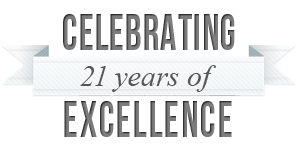Although women constitute nearly 50 percent of the U.S. workforce, women are markedly underrepresented in executive positions and the discrepancy in compensation between females and males is still prevalent. According to The Economist, a mere 3 percent of the CEOs in Fortune 500 companies are women, and on average, women earn only 82 percent of what men earn on a weekly basis.
My strong opinion is that organizations need to focus on the trending competitive war in attracting, developing, and retaining high-potential females. Women have surpassed men in attainment of degrees and advanced degrees, are master multi-taskers, strong decision-makers and skilled in conflict resolution, all desirable skills of executive leadership. This is a growing pool of quality candidates that cannot be overlooked, considering that the year 2020 is predicted to bring with it a shortage of qualified executives.
For companies to be properly poised for success and for women to be in their deserved roles, organizations need to challenge their historically conventional mindsets and traditional practices. Companies can start by revisiting success measures and embrace a shift from “face time” to “results time.” Companies need to condition their cultures to understand how flexibility in the workplace can enhance productivity rather than hinder it. This will allow organizations to keep pace with attracting current and the next generation of woman executives. Companies should provide leadership development courses and mentoring programs to help close gender gap disparities in the workplace.
Women also need to take ownership of necessary actions to earn a rightful seat at the table. It is incumbent on us to help one another ignite this movement. Generally, women have been more competitive with one another than with men. We need to engage in outreach efforts such as peer-to-peer coaching and mentoring programs to assist one another with advancements efforts.
Women need to be more direct in communicating career aspirations and expectations with key decision makers and in soliciting feedback openly on areas of improvement. We must continuously exercise transferable skills, actively network, and expand our sphere of influence. We need to exude relentless effort toward learning all aspects of our business and seek opportunities to gain experience in having roles that are customer-facing, revenue-generating, and have fiscal responsibilities. Equally important is the need to get involved in community philanthropic efforts, board participation, and high-profile projects. Those that have a focus on this win-win opportunity will prosper, and together we will change the landscape of women in corporate leadership.







